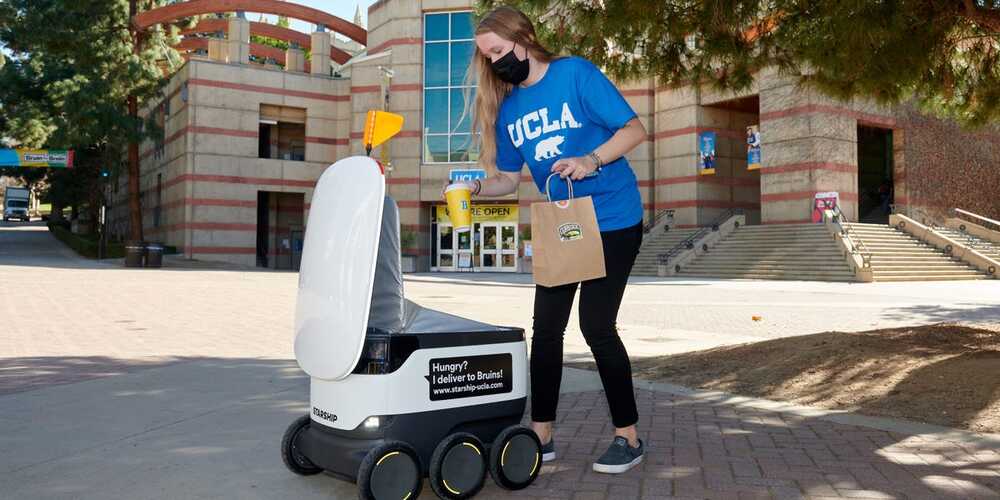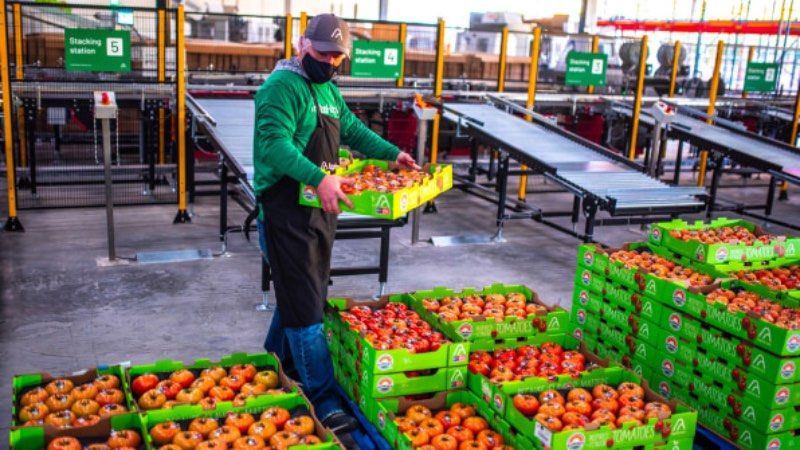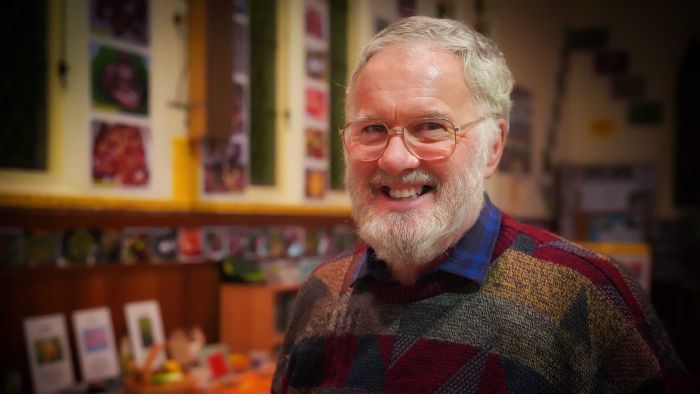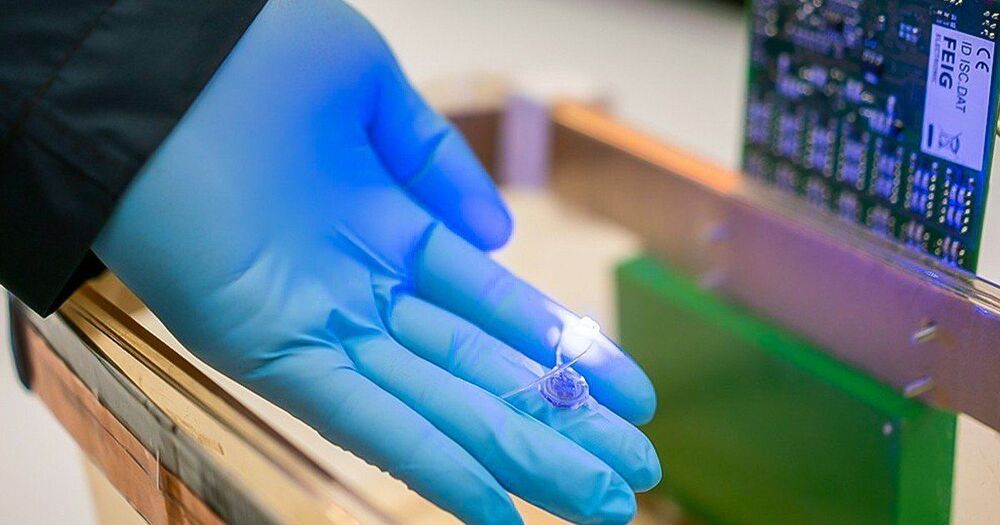Feb 6, 2021
The hybrid economy: Why UBI is unavoidable as we edge towards a radically superintelligent civilization
Posted by Alex Vikoulov in categories: economics, food, government, robotics/AI
In the coming Age of Superintelligence [and automation] everyone should be entitled to social dividend, “free” money such as UBI, just for being alive. We should not forget that the wealthiest of us would not be as fortunate without civilization. Otherwise, Jeff Bezos would have to forage for food in the Amazon jungle all by himself. Being a human today is more than enough of a fair contribution to receive free money from the government. Going forward we’ll see more and more prominent voices vouching for UBI.
#HybridEconomy #UniversalBasicIncome #UBI #BasicIncome #SocialDividend #TaxWallStreet #WealthTax #InheritanceTax

















